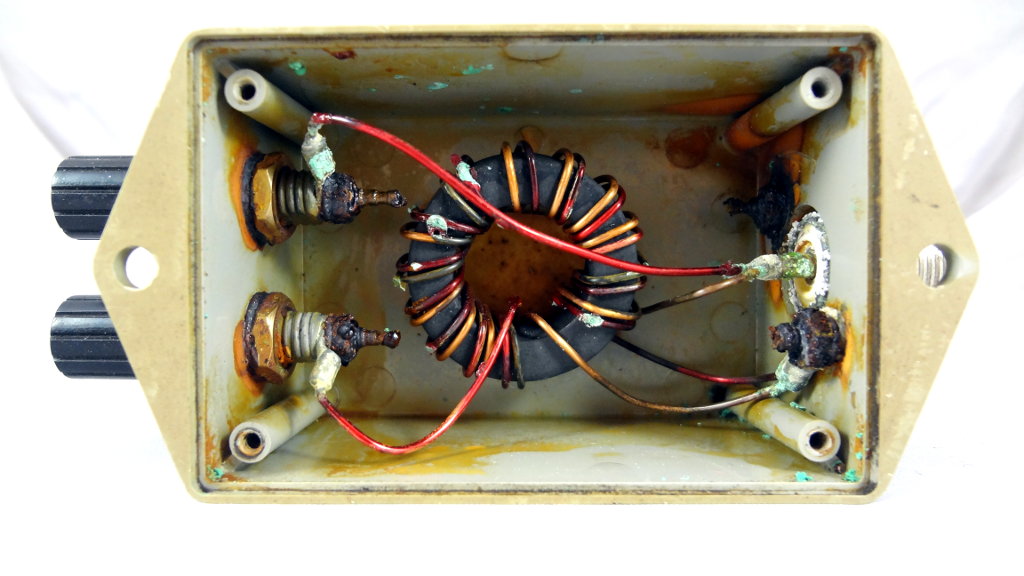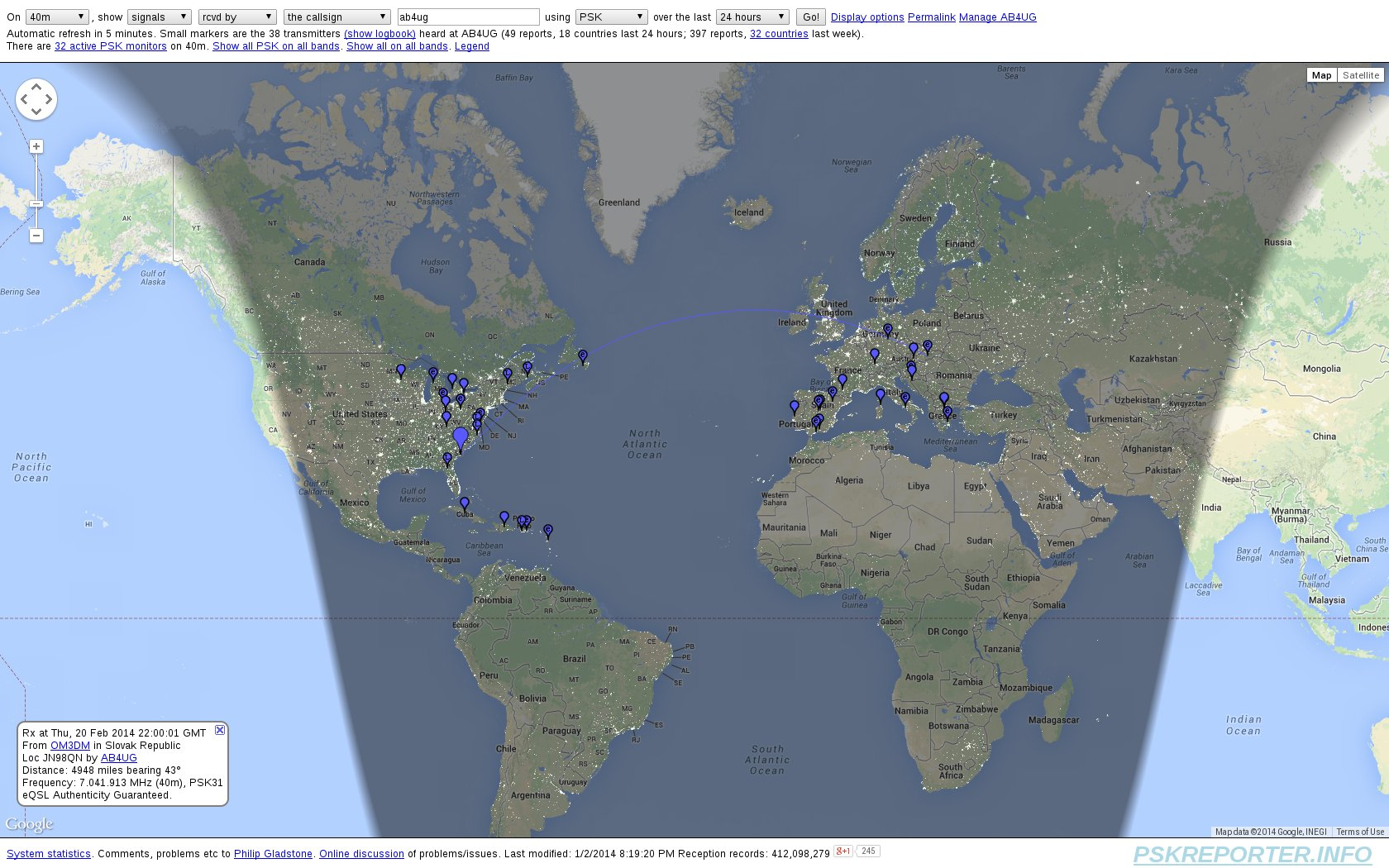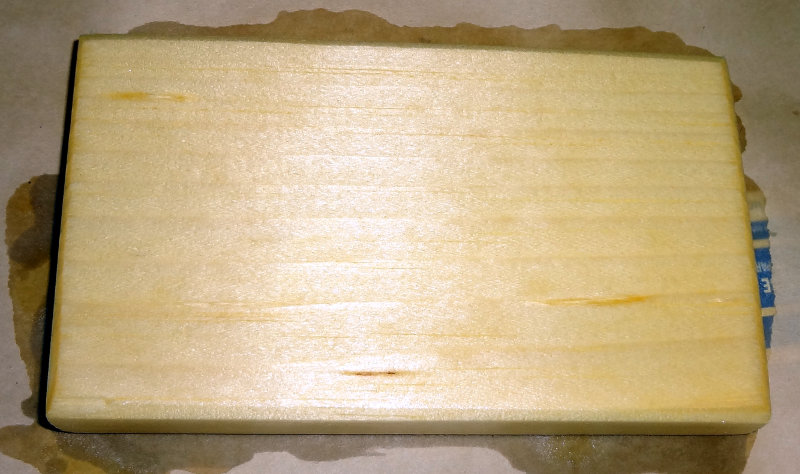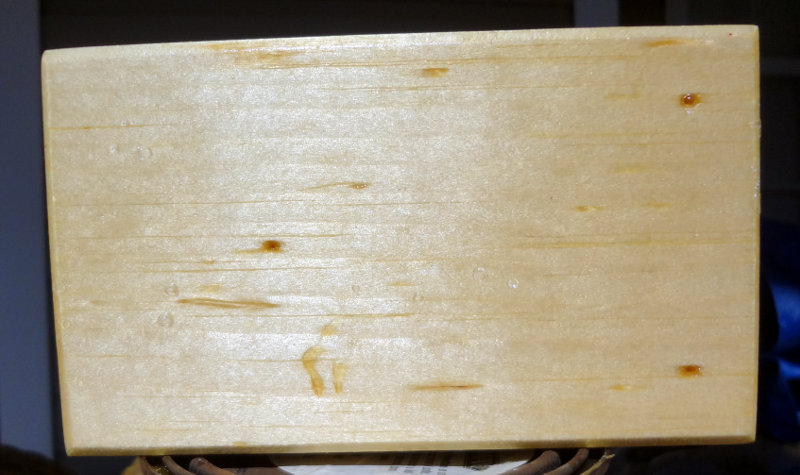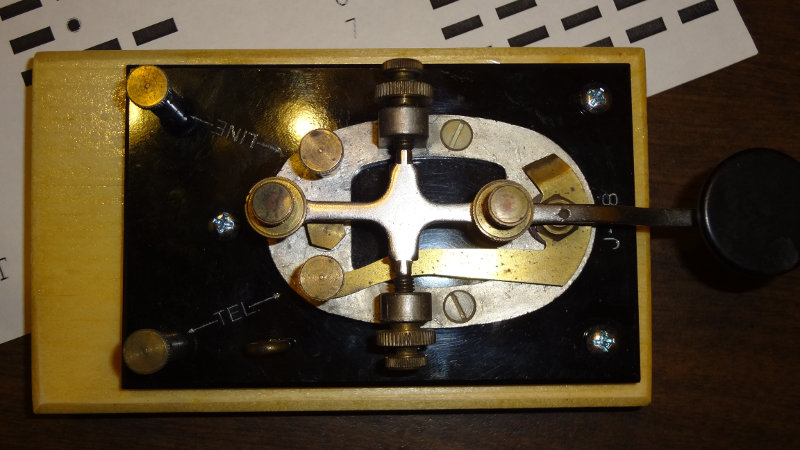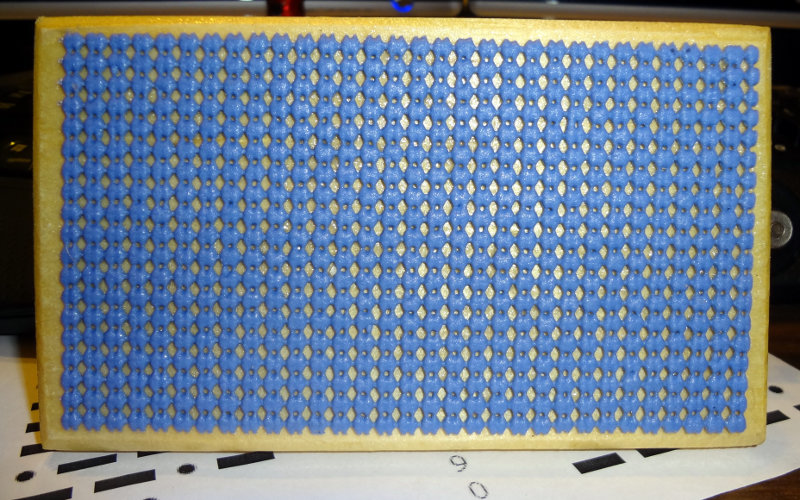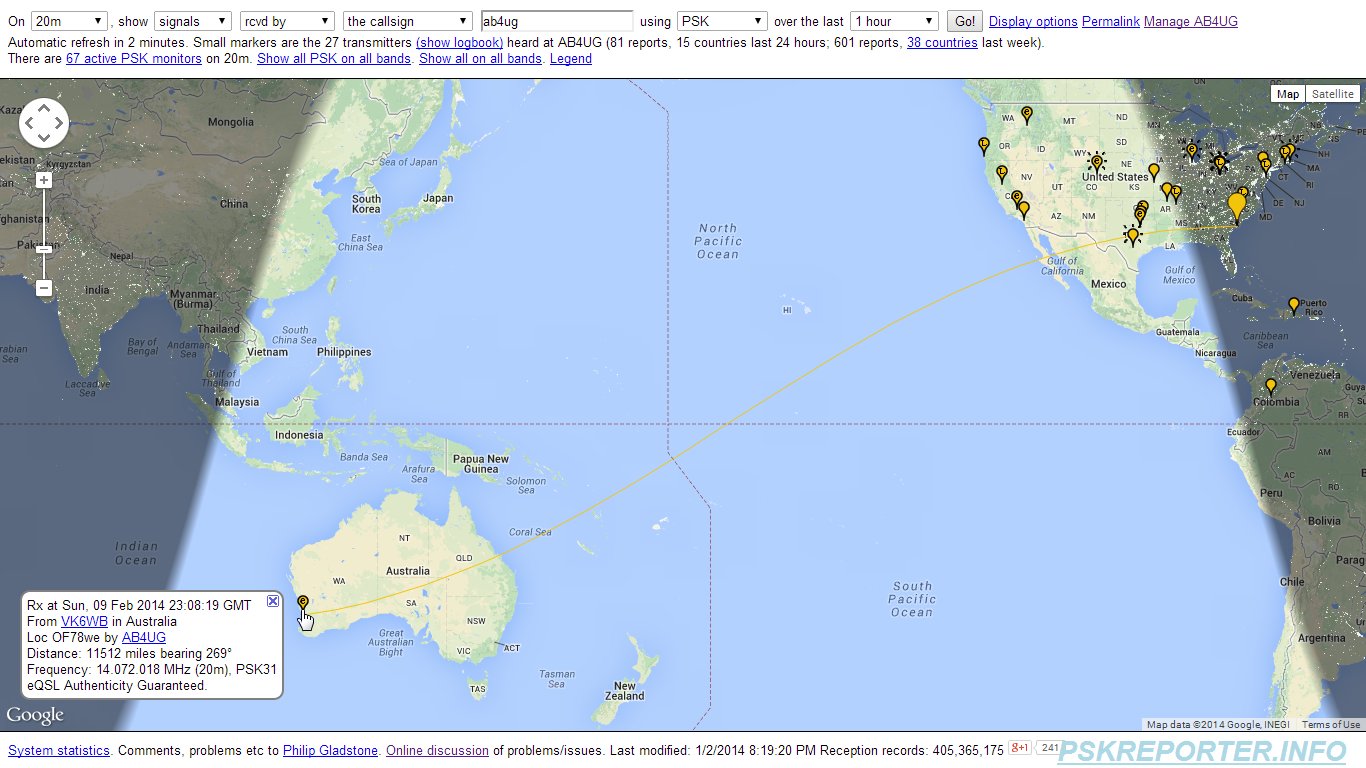The LDG 4:1 balun I picked up at the Charleston Hamfest has definitely seen a fair bit of time out in the weather, it seems. There’s a fair bit of corrosion on the terminals, and some copper oxidation on the wires around the toroid has popped the insulation off in a few places.
Don’t know how the corrosion at the terminals affects things, but I measured DC resistances in the kΩ range between the center and shell of the SO-239 as well as between the two terminals on the balanced end. Looking at the way things are wired in there, I’d have expected it to be a lot lower.
Should be pretty easy to rebuild. Something to add to the project box.
